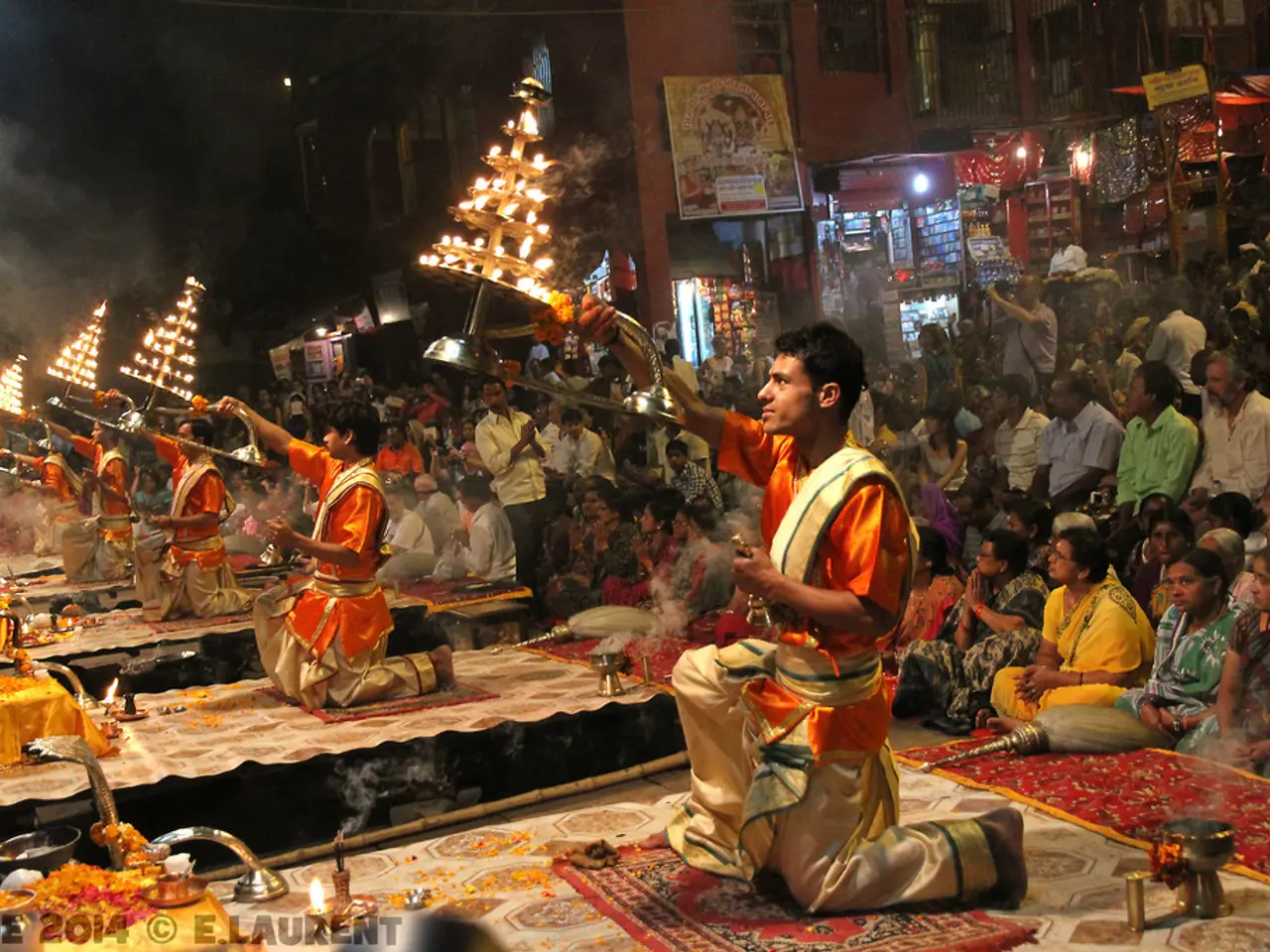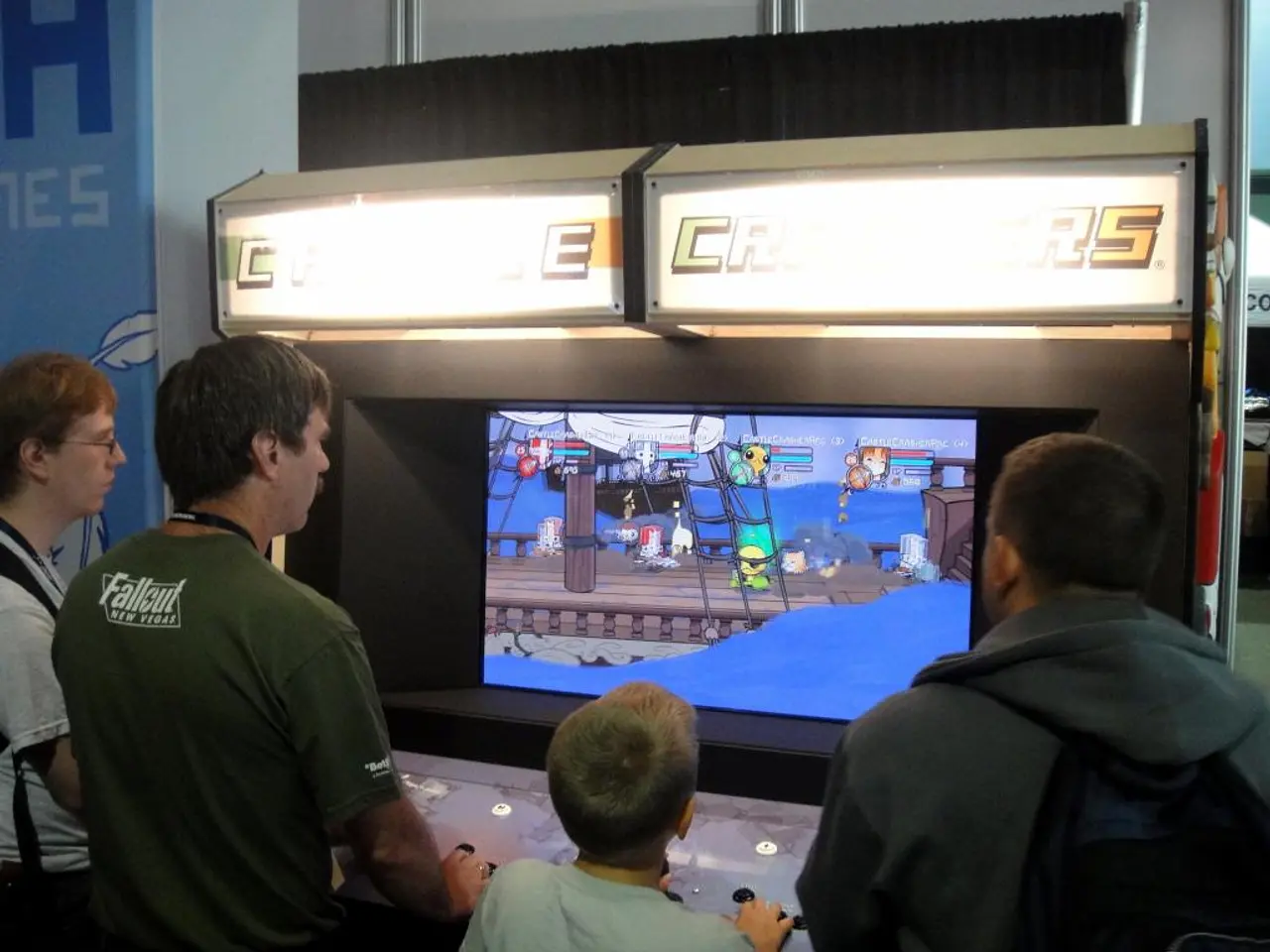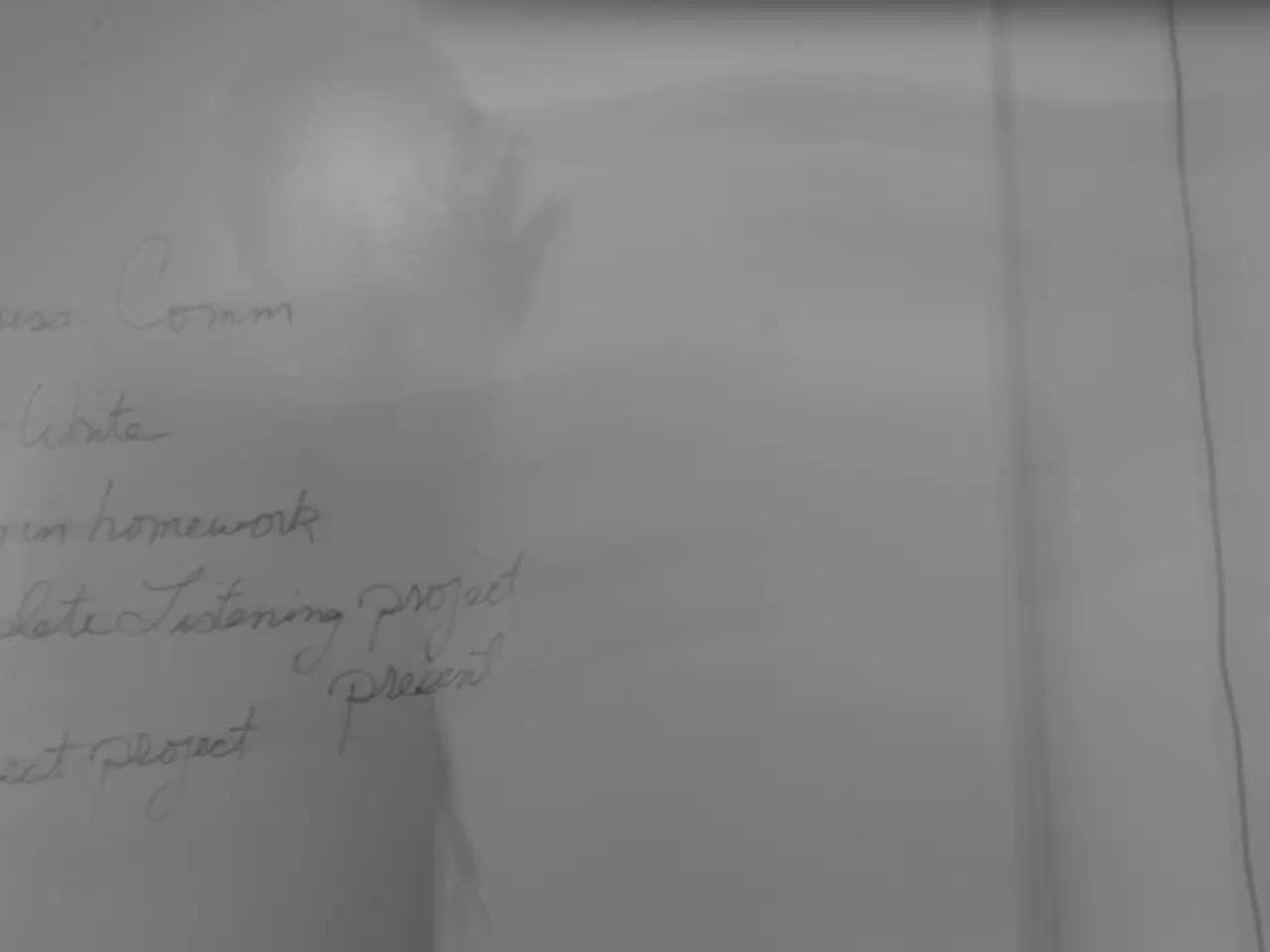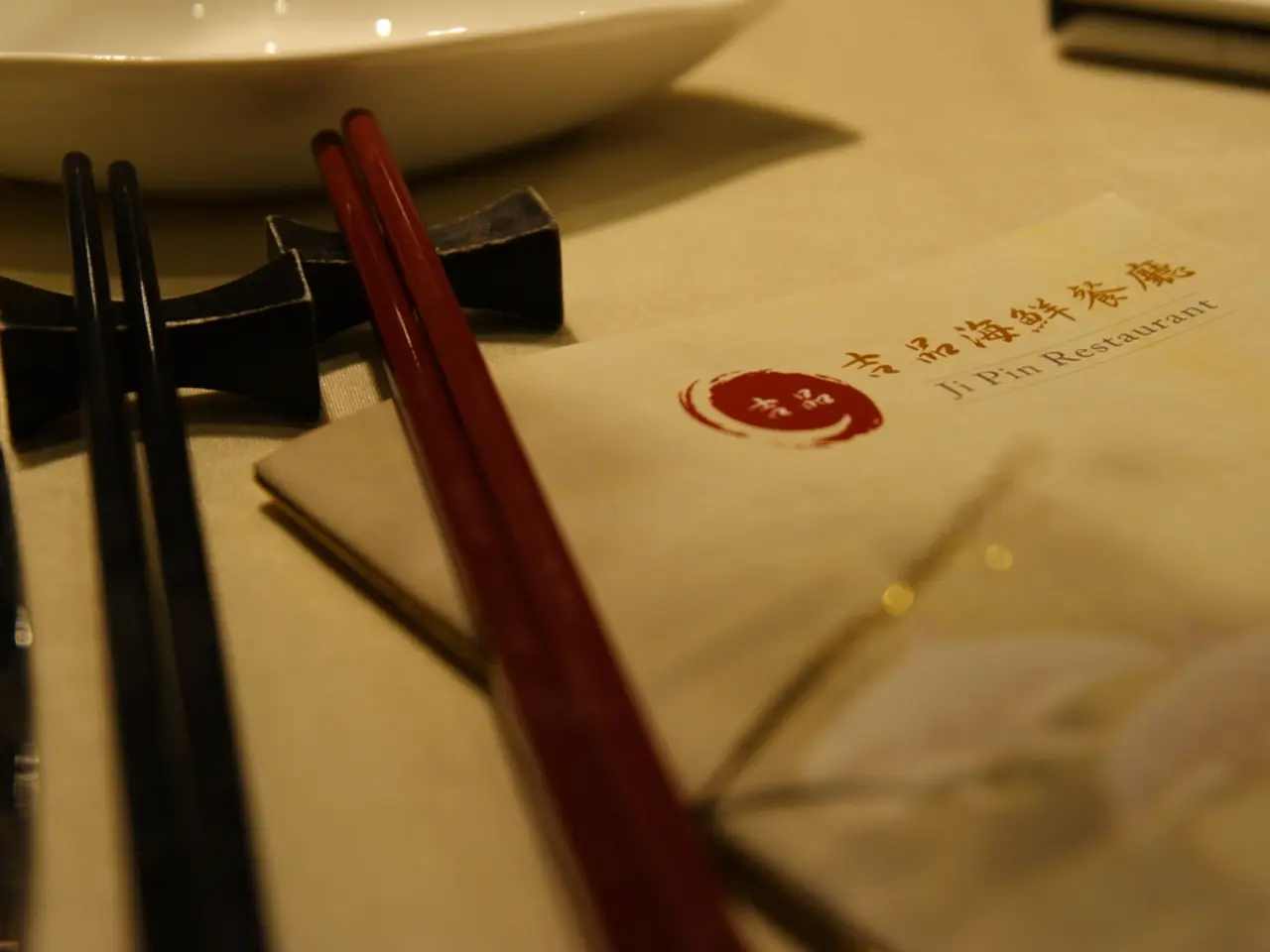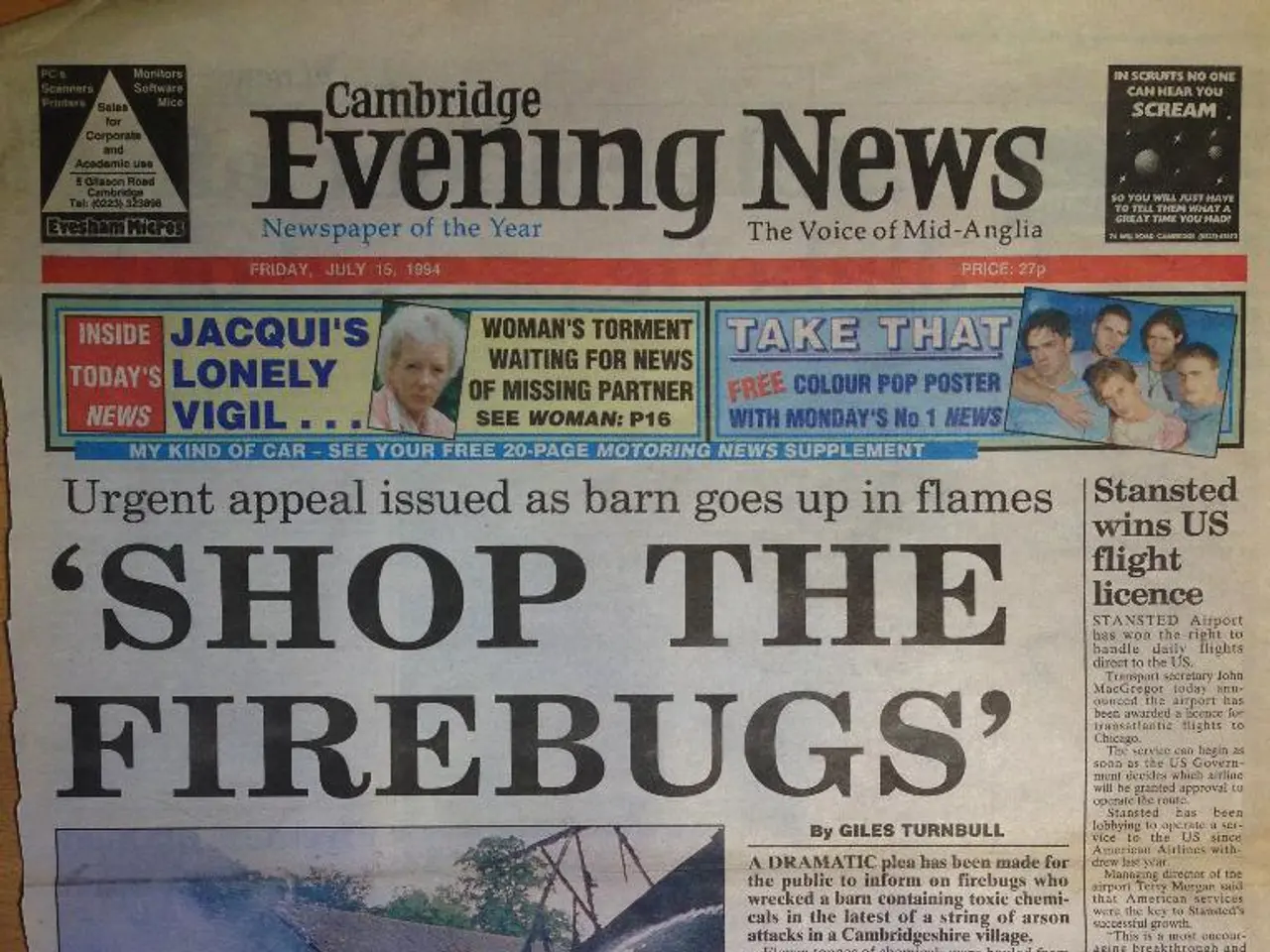Unveiling the Lurking Links between Unidentified Flying Objects, Demonic Beings, and All Hallows' Eve
Halloween, a holiday celebrated annually on October 31st, has roots deeply entwined with the ancient Celtic festival of Samhain, which took place around 2,000 years ago [1]. This festival marked the end of the harvest season and the beginning of winter, a time often associated with death. The Celts believed that on the night of October 31, the boundary between the worlds of the living and the dead became blurred [2]. This belief created a cultural backdrop where encounters with spirits, ghosts, and other supernatural entities, including possibly malevolent or demonic ones, were feared and ritualized.
This historical and cultural connection between paranormal phenomena, UFOs, demonic entities, and Halloween primarily stems from ancient beliefs about the spirit world, fears of unknown and supernatural forces, and the thinning of the boundary between the living and the dead [3]. Paranormal phenomena and demonic entities have long been part of human folklore and spiritual beliefs [2]. Experiences such as seeing ghostly shadows, feeling an ominous presence, or believing in possession by evil spirits are documented in ancient folklore and religious texts.
Unidentified Flying Objects (UFOs), while a more modern phenomenon (commonly reported since the mid-20th century), connect culturally to these ideas as unexplained and potentially supernatural phenomena [4]. Some interpretations link UFOs to demonic or otherworldly entities, blending the ancient fear of evil supernatural beings with contemporary mysteries of alien visitations. This reflects a cultural shift where unexplained events are sometimes framed within existing spiritual or paranormal narratives.
Jack-o’-lanterns and ghost lights, common Halloween symbols, also emerge from ancient fears of mysterious lights seen in dark, liminal places like swamps, graveyards, and bogs—phenomena often interpreted as ghosts or spirits [3]. These symbols served as protective talismans against wandering spirits, reinforcing the connection of light and dark, the seen and unseen.
Haunted houses and Halloween haunted attractions further cement this cultural link by dramatizing fears of spirits, demons, and supernatural beings. The rise of haunted houses as entertainment in the 20th century evolved alongside horror media depicting ghosts and demonic figures, which trace their lineage to earlier beliefs about haunted places and encounters with the paranormal [5].
In recent times, individuals like John Ramirez, a former Satanist turned pastor, have expressed dismay at seeing Christians engage in Halloween festivities, viewing the holiday as inherently demonic [6]. Ramirez argues that the inconsistency of Christians celebrating Halloween, a time he associates with darkness and evil, while Satanists do not partake in Christian celebrations like Good Friday, should make Christians reconsider their involvement in Halloween.
As beliefs and customs of different ethnic groups meshed, a distinctly American version of Halloween began to emerge [7]. Today, Halloween is a major commercial holiday in many countries, particularly in the United States. However, the suggestion that the increased visibility and acceptance of UFOs might be intertwined with our collective spiritual and cultural practices opens new avenues for understanding these mysteries.
References:
[1] Hall, A. (2016). The Origins of Halloween. History.com. Retrieved from https://www.history.com/news/the-origins-of-halloween
[2] Paranormal Phenomena and Demonic Entities in Human Folklore and Spiritual Beliefs. (n.d.). Ancient Origins. Retrieved from https://www.ancient-origins.net/myths-legends-ancient-cultures/paranormal-phenomena-demonic-entities-human-folklore-007841
[3] The Historical and Cultural Connection between Paranormal Phenomena, UFOs, Demonic Entities, and Halloween. (n.d.). Ancient Origins. Retrieved from https://www.ancient-origins.net/myths-legends-ancient-cultures/historical-and-cultural-connection-paranormal-phenomena-ufos-demonic-entities-halloween-007842
[4] The Connection between UFOs and Halloween. (n.d.). Ancient Origins. Retrieved from https://www.ancient-origins.net/myths-legends-ancient-cultures/connection-ufos-halloween-007843
[5] Haunted Houses and Halloween Haunted Attractions. (n.d.). Ancient Origins. Retrieved from https://www.ancient-origins.net/myths-legends-ancient-cultures/haunted-houses-halloween-haunted-attractions-007844
[6] Ramirez, J. (2020). Halloween: A Time of Darkness and Evil. Shield of the Son Productions. Retrieved from https://www.youtube.com/watch?v=zJl8fUJWZk8
[7] The Evolution of Halloween. (n.d.). History.com. Retrieved from https://www.history.com/news/the-evolution-of-halloween
- Despite the celebratory atmosphere of Halloween today, some researchers in the field of paranormal studies argue that the holiday's roots are deeply entwined with ancient beliefs about supernatural entities and unexplained phenomena.
- Paranormal encounters, such as ghost sightings, UFO observations, and experiences with demonic entities, have been a part of human folklore and spiritual beliefs for thousands of years.
- UAP (Unidentified Aerial Phenomena) or commonly known as UFOs, are modern phenomena that have sparked interest in theories linking them to extraterrestrial intelligence or even demonic entities.
- The paranormal and supernatural themes celebrated during Halloween reflect its historical connection to ancient fears of the unknown, the thinning of the boundary between the living and the dead, and the presence of malevolent spirits.
- Jack-o'-lanterns and ghost lights are Halloween symbols that stem from ancient fears of mysterious lights in dark, liminal spaces, often interpreted as the presence of spirits or ghosts.
- Haunted houses and haunted attractions during Halloween serve as a modern dramatization of fears related to the paranormal, perpetuating the cultural link between spirits, demons, and supernatural beings.
- Some individuals, such as John Ramirez, a former Satanist turned pastor, critique the Christian participation in Halloween, viewing the holiday as inherently demonic due to its association with darkness and evil.
- The popularity of Halloween as a commercial holiday in many countries today reflects the blending of diverse cultural practices, creating a distinctly American interpretation of the holiday.
- As UFO sightings become more frequent and accepted in mainstream discourse, some scholars propose that this modern phenomenon may be linked to ancient spiritual and cultural beliefs about the supernatural and unexplained.
- While not traditionally associated with Halloween, the fields of health-and-wellness, environmental-science, finance, space-and-astronomy, lifestyle, technology, education-and-self-development, casino-and-gambling, entertainment, and general-news can all offer perspectives on the cultural significance and impact of paranormal and supernatural beliefs.
- Sports events, with their focus on competition and the determinate outcome of games, may provide an interesting counterpoint to the ambiguity and mystery associated with paranormal and supernatural phenomena.
- As Halloween approaches every year, it serves as a reminder of the enduring fascination with the paranormal and supernatural, and the cultural narratives that continue to shape our understanding of these mysteries.
